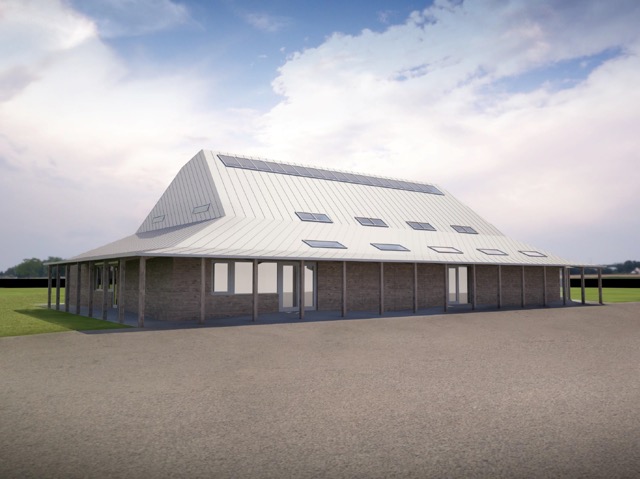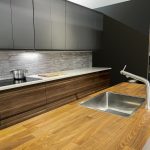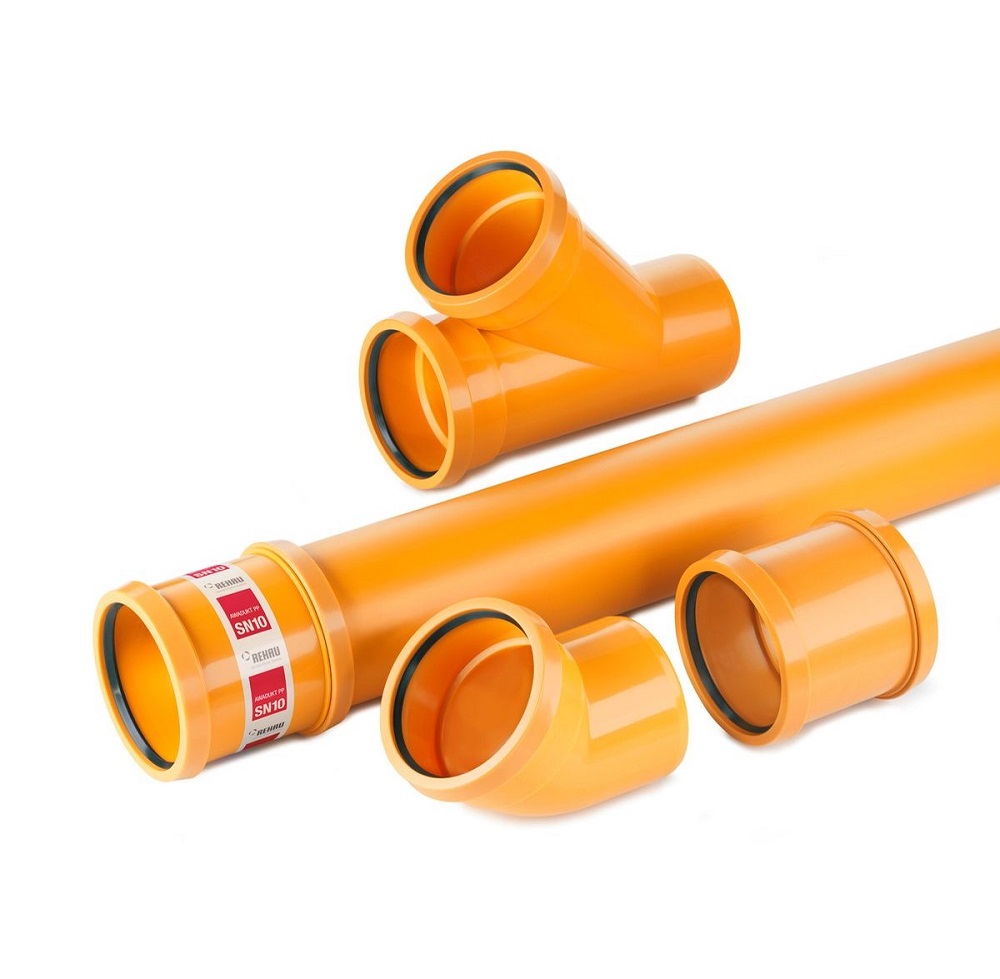Loud and clear

It is well understood that poorly designed sound environments can have a negative impact on learning and concentration in schools, as well as hindering classroom communication.
However, before we explore audio comfort, it should be remembered that multiple design elements are interlinked. In combination, the four factors of thermal, audio, visual, and indoor air comfort become powerful tools for designing happy, healthy, energy-efficient buildings that deliver all-round positive wellbeing effects for everyone, as well as considerable economic benefit – the fifth comfort.
When designing and constructing buildings, a holistic approach is the best way to guarantee user comfort. This is why Saint-Gobain has created the Multi-Comfort building concept, with set performance standards in each design area to ensure user comfort is delivered.
The first Multi-Comfort school build for The King’s School, Worcester, will put the My Comfort concept into practice. The building will be used as a multi-purpose sports hall and drama facility, with audio comfort a central design consideration. It is important that students can hear and be heard clearly, especially in collaborative environments and performance spaces.
With school students often spending more than 30 hours in school buildings every week, it makes sense that environments should help to improve comfort, wellbeing and concentration. In particular, research has shown that noisy spaces can have a negative impact on communication and learning.
The ear is most sensitive to high frequency noises, yet this is what makes the human voice clear. If the reverberation time in a learning environment is over 0.6 seconds, children only a few metres away from a teacher will no longer be able to hear clearly, unable to distinguish high frequency sounds and will struggle to hear and learn properly. However, some spaces, such as those used for drama and music, favour longer reverberation times. As a result, a clear understanding of what the room is to be used for is essential for providing an ideal environment.
For new build projects, the Multi-Comfort standard sets out four criteria for achieving audio comfort, including acoustic sound insulation, acoustic absorption, speech clarity and intelligibility and harmonious resonance.
Audio comfort in a building is dependent on the acoustic characteristics of the building fabric, in regard to acoustic transmission and absorption. Materials that provide sound insulation by having a low acoustic transmission or acoustic design, such as glass in windows and facades, will help protect building occupants from outside noise.
In addition, innovative building materials may also contribute to more than one comfort. For example, glass in windows can provide sound insulation as well as visual and thermal comfort.
It is therefore important to remember that the ‘five comforts’ of thermal, indoor air, acoustic, visual and economic comfort are all closely interlinked, which is why the Multi-Comfort concept adopts a holistic approach to building design, in order to achieve optimum user comfort.
During the building’s operation, Saint-Gobain will implement a series of monitoring systems that will collect data, which will prove useful in demonstrating the differences that both the teachers and children will experience within the Multi-Comfort building.





















